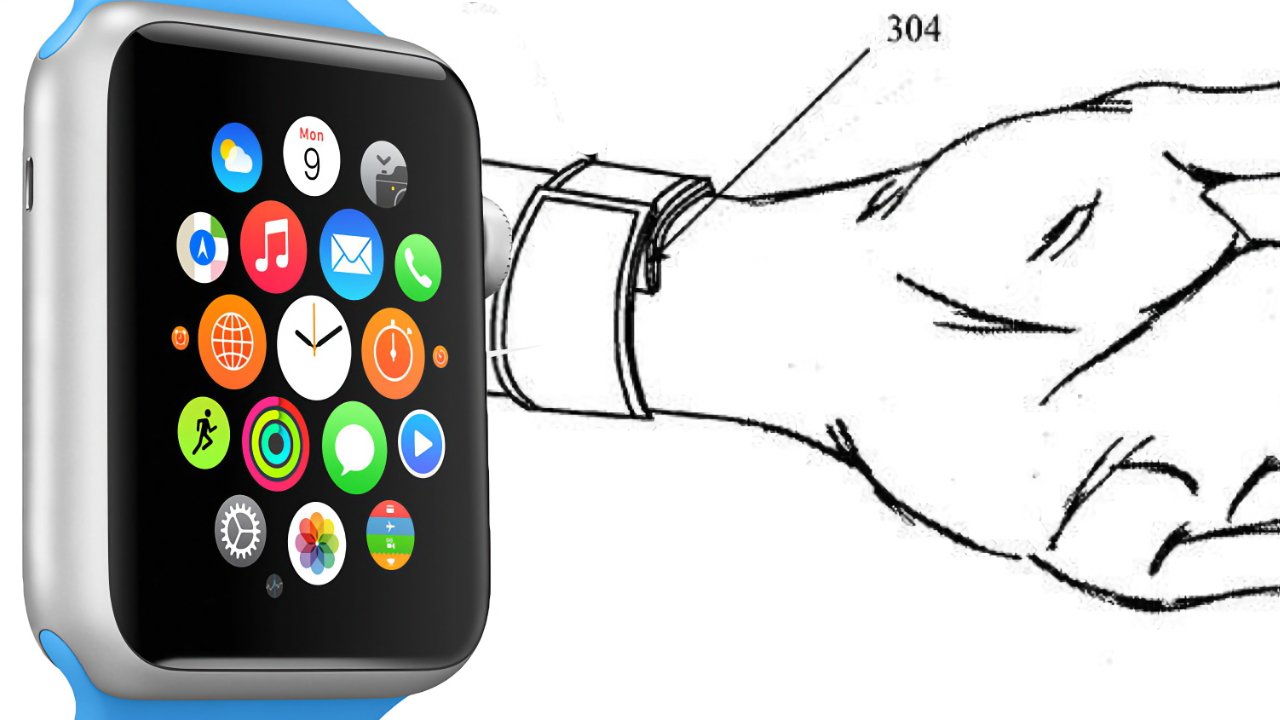The Apple Watch, now a staple in wearable technology, has a rich history that traces back to the early 2010s. Its journey from a conceptual idea to a market leader is a testament to Apple’s commitment to innovation and design excellence.
Early Rumors and Speculations
In the early 2010s, whispers about Apple’s venture into wearable technology began circulating. Reports suggested that a select group of Apple employees were exploring wearable devices, including a curved-glass iPod designed to wrap around the wrist. This device was envisioned to integrate seamlessly with Siri, Apple’s voice assistant, offering users a new level of interaction. The concept was to create a device that would serve as an extension of the smartphone, which was already considered the first wearable computer due to its constant presence with users.
Design and Development
The design phase of the Apple Watch was both extensive and meticulous. Jony Ive, Apple’s chief designer at the time, initiated the project in 2011, marking it as the company’s first major endeavor following the passing of Steve Jobs. The design team delved deep into the world of traditional watchmaking, studying precision machining and the art of finishing metals. This exploration led them to visit renowned watch manufacturers to gain insights into the craftsmanship required for such a device.
One of the significant challenges was adapting the iOS interface to a much smaller screen. Early prototypes experimented with vertical timeline interfaces, but these were eventually discarded due to the impracticality of prolonged arm elevation. The team aimed to ensure that interactions with the device were brief and efficient, leading to the development of an interface that prioritized quick, glanceable information.
A standout feature of the Apple Watch is its Taptic Engine, responsible for haptic feedback. The development of this component alone took over a year, with the team conducting weekly reviews to fine-tune the sensations. The goal was to create feedback that was noticeable yet not intrusive, enhancing the user experience without causing discomfort.
Announcement and Launch
Apple officially unveiled the Apple Watch on September 9, 2014, during a keynote event. The device was presented as a fusion of advanced technology and traditional watch aesthetics, emphasizing personalization and beauty. The initial lineup included three models: Apple Watch, Apple Watch Sport, and Apple Watch Edition, catering to a wide range of preferences and budgets.
Pre-orders began on April 10, 2015, with the official release following on April 24. The launch was met with significant enthusiasm, and the device quickly became the most popular smartwatch on the market. Despite some initial critiques about its performance and battery life, the Apple Watch garnered a 97% user satisfaction rating, surpassing the initial reception of both the iPhone and iPad.
App Ecosystem and Functionality
From the outset, Apple emphasized the importance of third-party applications for the Apple Watch. The Watch App Store launched with over 3,000 apps, ranging from fitness trackers to social media platforms. This robust app ecosystem allowed users to tailor their devices to their specific needs, enhancing the overall utility of the watch.
Health and fitness were central to the Apple Watch’s functionality. Features like the Activity Rings encouraged users to stay active, while the heart rate monitor provided real-time health data. Over time, Apple introduced additional health features, including the ability to detect atrial fibrillation, which received FDA approval in 2024.
Cultural Impact and Legacy
The Apple Watch’s influence extends beyond technology; it has made significant cultural and fashion statements. Collaborations with luxury brands like Hermès introduced high-end bands and watch faces, blending technology with traditional fashion. The device’s versatility allows it to be suitable for various occasions, from casual outings to formal events.
Over the years, the Apple Watch has evolved through multiple iterations, each bringing enhancements in performance, design, and functionality. Its success has not only solidified Apple’s position in the wearable market but has also set a benchmark for competitors.
Conclusion
The journey of the Apple Watch from a rumored concept to a cultural icon underscores Apple’s dedication to innovation and user-centric design. As the device continues to evolve, it remains a testament to the company’s ability to blend technology with everyday life seamlessly.



